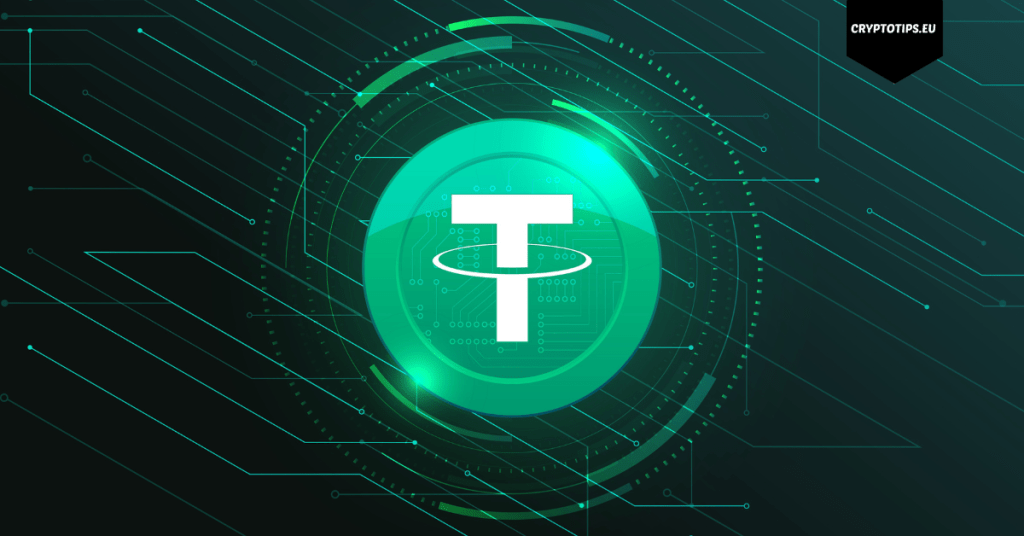Could another stablecoin scandal be starting?
Last Updated on 11 September 2024 by CryptoTips.eu
A somewhat surprising news story yesterday stated that the company Tether, responsible for the largest stablecoin of the same name, is about to invest some $ 100 million in Adecoagro, a large agricultural company whose stock is listed on the Nasdaq stock exchange. It comes as Tether expands its investments and maintains its dominance as the leading stablecoin.
It also comes a week after Ripple (the company responsible for the XRP coin) announced plans for its own stablecoin, and just as Paypal (the fintech company from Silicon Valley) also wants to expand their stablecoin (which is available on the Solana blockchain).
TETHER BETS $102 MILLION ON AGRICULTURE AS CRYPTO GOES GREEN
— Mario Nawfal’s Roundtable (@RoundtableSpace) September 8, 2024
Tether just threw down $102 million for a 9.8% stake in Argentina’s agricultural giant Adecoagro, betting on farmland as a hedge against global instability.
The world’s largest stablecoin issuer says land is scarce… pic.twitter.com/Em1AhtUbjB
As if that were not enough, the South American e-commerce company Mercado Libre is apparently considering the creation of a stablecoin as well, as are online bank Circle, crypto company Paxos International and the American state of Wyoming.
Stablecoins are hot and there are more and more of them.
Market leader
Stablecoins are mainly used by crypto traders who want to ‘park’ their investment for a while whenever the currency they invested in is very volatile. The value of a stablecoin is usually pegged to the US dollar and therefore promises stability and a fixed value for traders who want to sit on the sidelines with part of their investment.
The hope of many stablecoin issuers is that in the future international companies will use their product to make payments between countries with volatile currencies (such as a payment from Brazil to Turkey for example, both of them countries with volatile currencies) and thus avoid paying bank fees. That market is developing, but is still very small at the moment.
In order to guarantee the value of their stablecoin, stablecoin issuers (such as Tether and Paypal) invest the money they receive ‘temporarily’ in investments that are not very volatile and yield a small profit, such as US government bonds for example.
Tether is still the largest and best-known stablecoin, and Tether’s share of the global digital coin trading business remains significant. However, lately we’ve been seeing more and more small stablecoins populating the crypto industry, and the last time we saw such a revolution was back in the spring of 2022, when there was an explosion of ‘algorithmic stablecoins’.
Those stablecoins were not linked to any fiat currency, but to the value of the company’s cryptocurrency. TerraUSD in particular caused a real scandal. When the market became very volatile in May 2022, it became difficult for TerraUSD’s algorithm to maintain the peg to the US dollar. After TerraUSD lost its peg, the stablecoin briefly traded for 80 cents on the dollar before crashing completely. Luna, the other cryptocurrency from Terraform Labs (the company behind TerraUSD) crashed in similar fashion only days later.
Since then, no more “algorithmic stablecoins” with a large market capitalization have been observed and the accounts of stablecoin issuers, such as Tether, are being thoroughly reviewed by audit companies such as Deloitte and PriceWaterHouseCoopers in order to reassure the market that a new scandal cannot bubble up.
Stablecoins such as Tether and USDC can be trusted and have proven their usefulness over the years, but be careful with this new generation of stablecoins. Best to see if they can weather a volatile market before parking too much money in them.
Happy trading.
